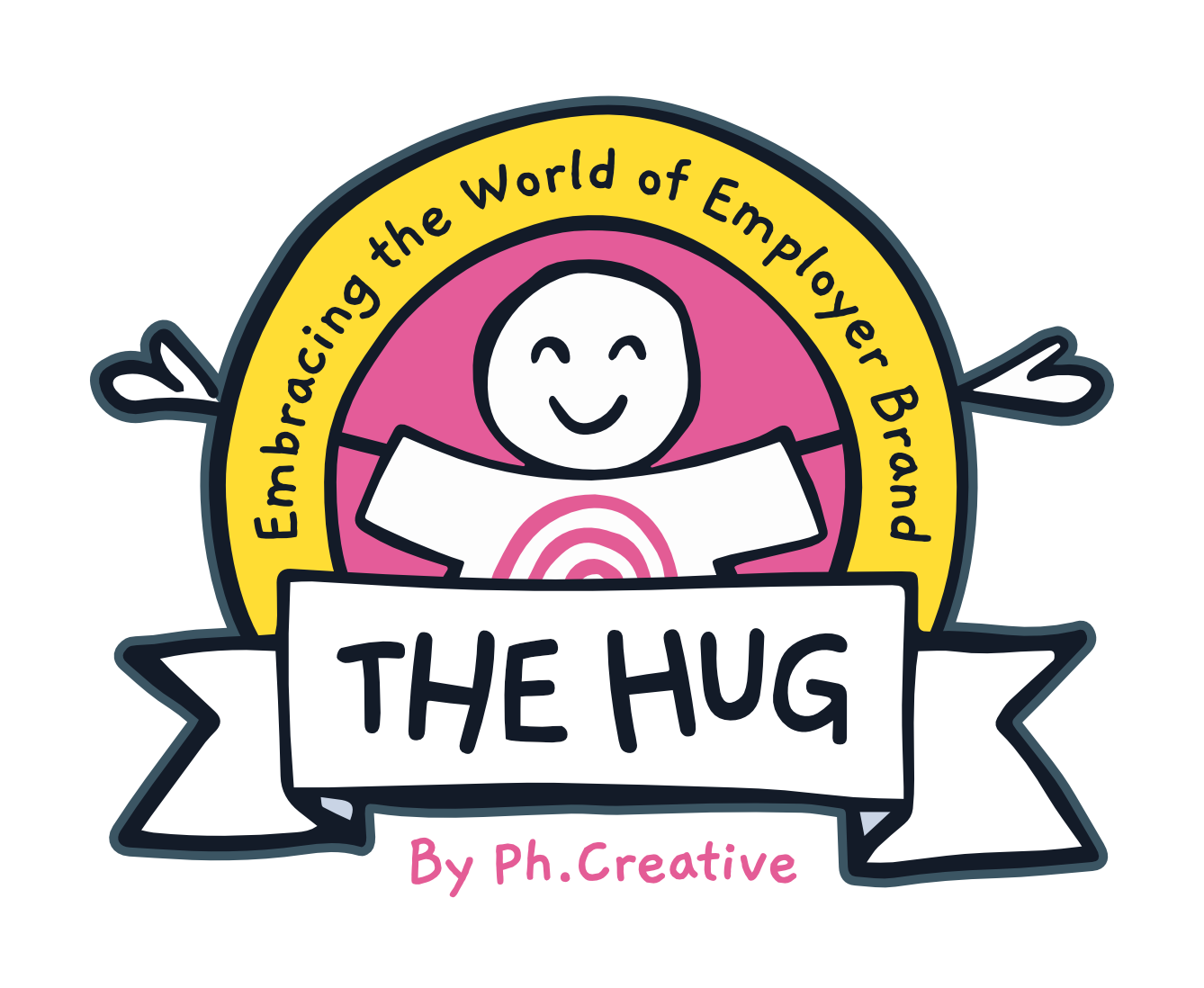9 Tips to Jumpstart your Advocacy Programme

[Prefer to listen to this content? Try our free webinar]
Employee advocacy programmes are fantastic… when they work.
Your talent audience trust advocate content 6-8 times more than corporate branded content. Plus, research has verified when an advocacy programme is strong, it makes your organisation 58% more likely to attract talent.
But time and time again we hear employer brand leaders coming up against the same pitfalls: “Our people don’t have enough time,” “they’re lacking incentive,” “there’s not enough support or training,” and so on.
The ideas below will help you override these common barriers and turn advocacy from a chore into something people are actually excited about. Before long, your people will be sharing great stories often, enthusiastically, and in a way that supports your business priorities.
Tips to Overcome Advocacy Barriers
1. Hold a “Story Hunting” workshop
Pin your EVP pillars up on the walls for everyone to see. Then get people sharing their stories which relate to the pillars.
This exercise is like rocket fuel for UGC because you're quickly arming your people with hero stories which can snowball into a discussion about formats and what kind of content they’d like to create, whether it’s photo, video, animation, text, or something else entirely.
It's the stories that bring advocacy to life, and you'll be amazed at what comes out of intentional workshops like this.
2. Run Interactive Sessions
Provide people with training and in-depth briefing packs on how best to share their stories. Run sessions where you clearly articulate the type of content you’re looking for and, crucially, what you're not looking for.
This will help employees to feel empowered and psychologically safe to create content.
3. Give your advocates space
That said, people need space when they create content. If you're overly particular about what you want, it deters your advocates because they feel controlled.
As long as you give them freedom and support within a set of clear parameters, they will flourish.
4. Make a video
Sometimes people just need a bit of prompting. Dynamic and visual calls to action are a great way to get their attention and generate excitement around your programme.
Here’s a great example from Guidewire.
5. Personalise your prompts
Not everyone likes to share in the same way - and not everyone's audience is on LinkedIn. Think about your personas in a deeper way to get the most out of advocacy content.
Say you're looking for tech talent, as an example. If your own tech employees prefer to use Reddit, it's likely that people with similar interests are hanging out there too. Don't be afraid to let people explore a range of different formats and platforms.
6. Sponsor Yourself
Try treating each month of content as though it is “sponsored” by one of your EVP pillars. For each month, find the people who are living and breathing that pillar within your organisation, and champion them to share their stories.
Have a pillar around career development? Think about who got a promotion recently, or learned a new skill, or moved country for work. Find them, give them support and let them do the rest.
7. Embrace technology
Using tools like CultureHQ will help you measure your impact. Easily track vanity metrics like your advocates’ reach and engagement, as well as the more complex data your stakeholders care about, like how much money you’ve saved or how many new conversions your careers site has gained.
Other tech tools also have gamification elements to give advocates extra incentive.
8. Keep the momentum
Unless you want to stall with content when the initial launch excitement wears off, focus on building and managing a community of advocates.
If certain people are highly engaged and actively sharing, invest in them. Give them 1-1 support.
9. Start with Why
To borrow Simon Sinek’s phrase, any advocacy programme worth its salt should “start with why”.
Why for your business and commercial leaders? Why for your people? Why for your people and culture leaders? Why for your marketing and comms teams?
Once you map out the benefit for these groups, your programme will get more resources, and the barriers will start coming down.
Just a note
Want more tips? Learn how to build a thriving advocacy programme from the inside out with our free webinar.
WATCH THE WEBINAR NOW
Sign up to our blog

Every other Thursday we share:
✔ One feature full of our freshest insights
✔ An expert hack you'll love to use
✔ The links you need now
+ other helpful bits for thousands of EB and TA pros just like you
